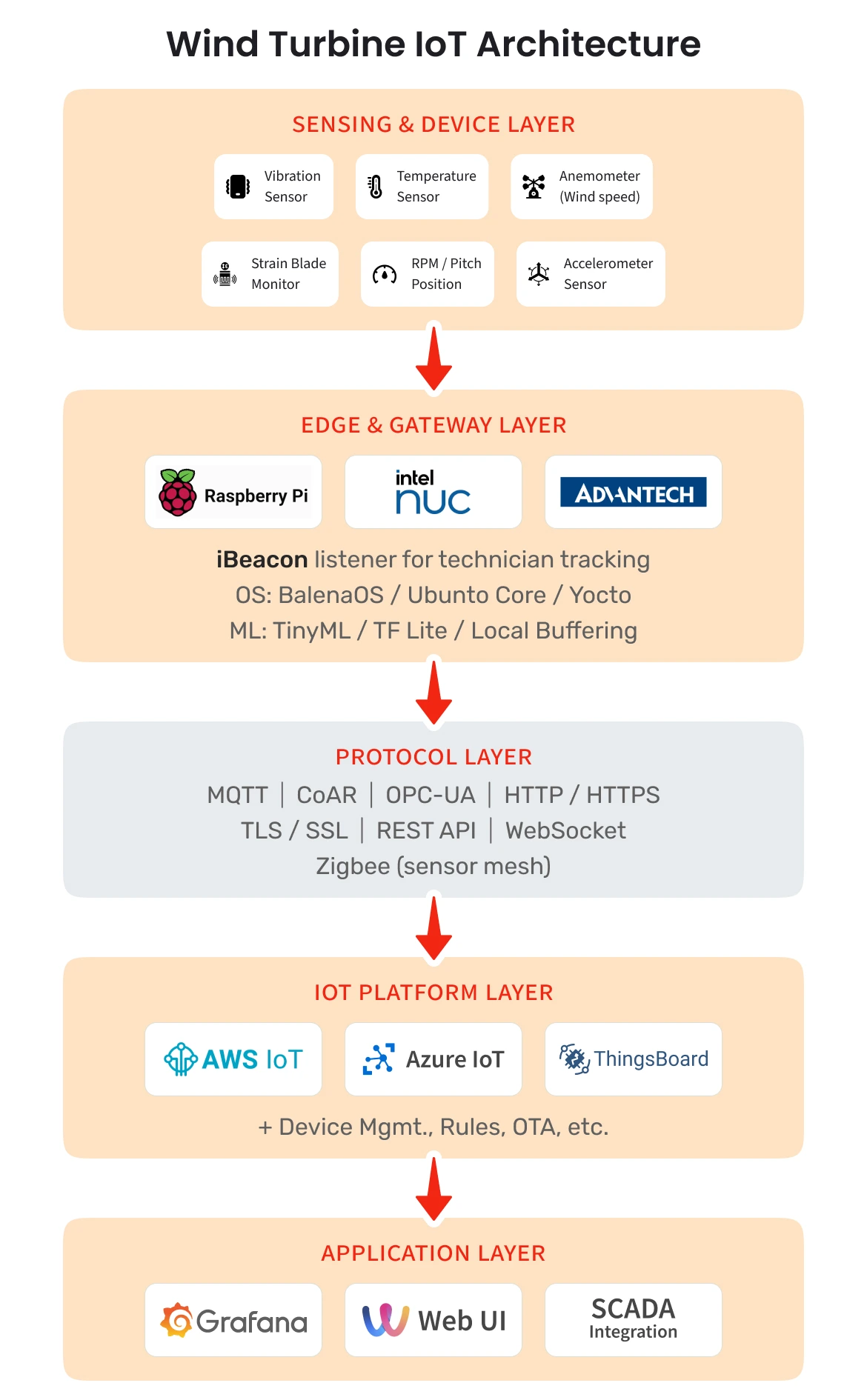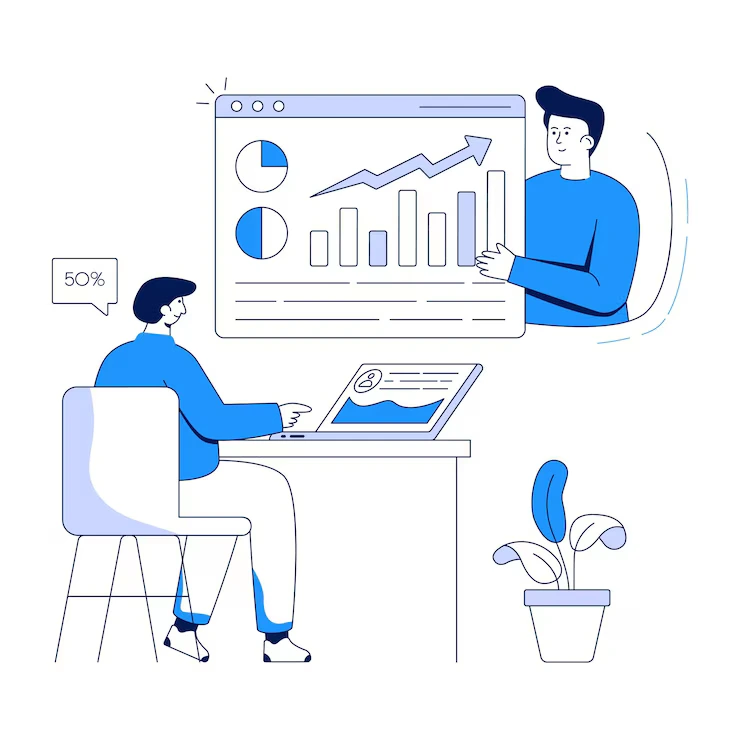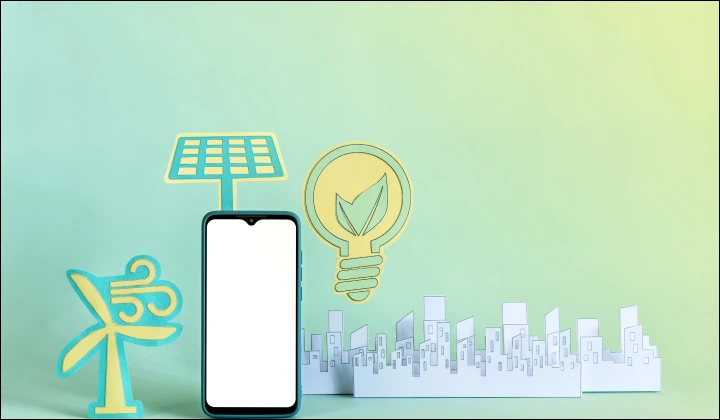If you’re managing wind assets, you’re already chasing uptime like clockwork.
Because a single turbine going offline for just one day can cost thousands in lost energy revenue. Scale that across a 100 MW farm and the numbers escalate fast.
And that’s just downtime.
➡️ The average wind turbine gearbox fails every 7 to 10 years. (Source)
➡️ Unplanned repairs cost the wind industry $8.5bn a year. (Source)
➡️ Across a fleet, even a 2% drop in turbine efficiency can result in thousands of megawatt-hours lost annually. (Source)
So, the question isn’t whether you need better turbine insight.
The question is: How much risk are you carrying right now without it?
That’s exactly where Wind Turbine IoT can make a positive impact. It gives you the eyes, ears, and intelligence you need – on every turbine, all the time.
Let’s break down how it works, where it helps, and how teams like yours are using it to reduce downtime, optimize output, and reduce cost-per-kWh.






 10 mins
10 mins











 Talk to Our
Consultants
Talk to Our
Consultants Chat with
Our Experts
Chat with
Our Experts Write us
an Email
Write us
an Email





